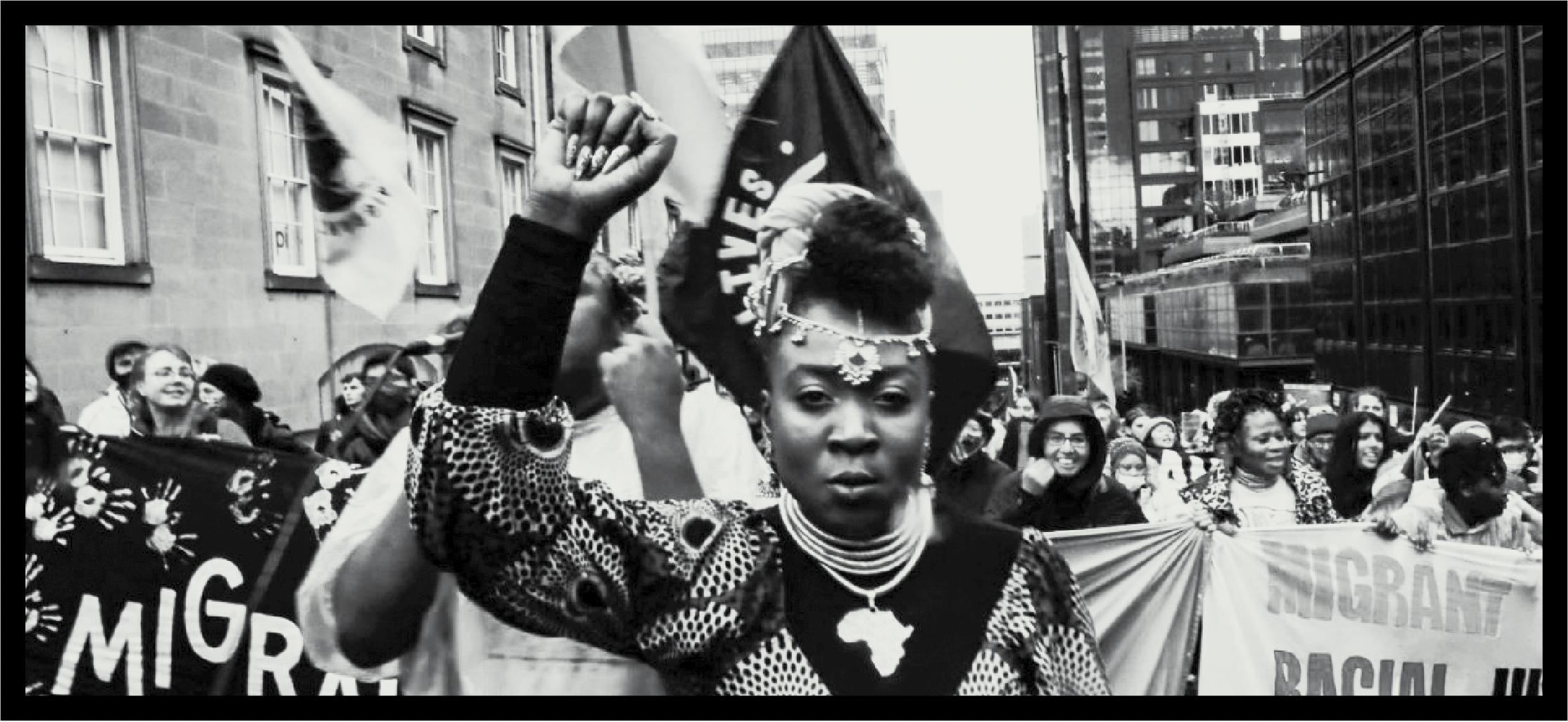
photo via the Climate Justice Alliance (Flickr)
The creation of the F4FP shows how grassroots organizing to shift philanthropic resources is about something bigger than any one organization or individual leader. It’s about aligning our work to our north star: justice for our communities and real solutions – for all – to the climate crisis. The F4FP models how to trust frontline leaders to develop key strategies and make funding decisions that advance Just Transition.
Traditional philanthropy has little experience giving up power and allowing communities to self-govern. However, this model serves as an example and opportunity for funders to make their1 commitments to equity and justice actionable by moving resources and letting go of control and decision-making. Movement leaders want to continue to iterate models like the F4FP and build on this learning, hoping that funders will engage in this learning and follow the lead of what grassroots leaders are building.
For philanthropy to make a relevant impact in this political moment, it must shift power and resources and move toward practices that are more democratic, just and trust-based. This includes resourcing movement partners to create community- and movement-governed structures while also directly resourcing these structures so that grassroots leaders can govern funds and drive them into transformative solutions at scale.
Fortunately, grassroots climate solutions are abundant and ready for scaled investment now. Alongside development of the F4FP, grassroots organizations and funder allies built out the Four Pathways to Move Money to the Grassroots framework. Designed to remove all barriers to funding the grassroots, the framework provides 4 options for moving capital and other resources with speed and trust to grassroots organizing globally via movement-built and movement-aligned vehicles. We invite funders and donors to mobilize resources to and through these ‘bottom up’ pathways:
- Grassroots Organizations – Unrestricted, multi-year funding sent directly to authentic grassroots and base-building organizations that are of, by, for and directly accountable to the most impacted communities is always preferred.
- Grassroots-Led Alliances and Networks – Alliances and networks created by grassroots organizations integrate resource-sharing and accountability processes in order to achieve collective impact.
- Community-Controlled Capital Infrastructure – Non-extractive loan funds, community land trusts and worker-owned cooperatives are examples of community-controlled infrastructure that support the grassroots governance of capital and redistribution of wealth at the community level.
- Grassroots-Centric Funder Intermediaries – Intermediary funders that center grassroots communities are a critical part of movement infrastructure in the United States and around the globe. They fund grassroots groups with flexible core support and include grassroots leadership in decision-making bodies and other methods for accountability.
The climate crisis, funding inequities and power differentials between large environmental organizations and grassroots organizations and frontline communities are decades and centuries in the making. Course correction will require a long-term response that centers justice and equity instead of quick fixes or billionaire whims. It will require transforming the systems at the root of the crisis. This work compels supporting social movement ecosystems that advance communities and solutions commensurate with the scale of the challenge. The most innovative approach lies in trusting those who are working every day to address our many intersecting crises and following the lead of grassroots organizations and social movements as they help us to find our way through.

To download the PDF of “Good, Bad, Bezos And Beyond: Climate Philanthropy And The Grassroots” report, click here.
